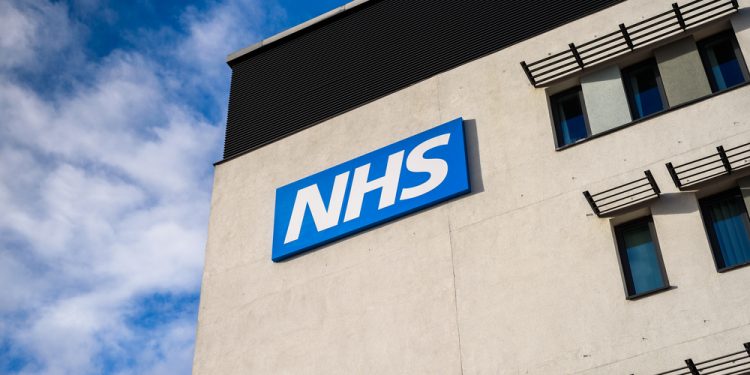A Labour government would make greater use of the private sector in order to drive down NHS waiting lists, according to reports.
The BBC reports Labour leader Sir Keir Starmer will today lay out the party’s plans to improve NHS performance should it win the upcoming general election.
The number of people waiting for NHS treatment remained largely unchanged on the previous month in March, with the latest data on NHS performance showing the number of referral to treatment (RTT) pathways where a patient was waiting to start treatment was 7,538,800 in March. This was down from 7,539,716 in February.
A year ago, shadow health secretary Wes Streeting claimed Labour would make greater use of spare capacity in the private health sector to arrest spiralling wait times for NHS treatment.
Labour’s plans, set to be outlined today, include a target to start treatment within 18 weeks for most NHS patients in England which will be hit within five years, according to the BBC.
This will involve getting the NHS to do more out-of-hours, and making greater use of the private sector.
To help achieve the goal, the BBC reports Labour will create 40,000 extra appointments, scans and operations a week during its first year in office and that this is on top of the two million already carried out.
The BBC reports Labour will achieve this by getting the NHS to do more in the evenings and weekends and making greater use of the private sector, while the number of scanners in the NHS will also be doubled to tackle waiting lists for test results.
According to the BBC, Labour’s policy will cost £1.3 billion in the first year and will be paid for by clamping down on tax dodgers, and closing non-dom tax loopholes.
Long waits have been driven down before
Sarah Woolnough, CEO of The King’s Fund, said while long waits for care have been brought down before, this takes time.
“It wasn’t until 2008 that the last Labour government got waiting times within the target,” Woolnough said.
“Clearing the backlog within five years would take real effort and focus and may mean other ambitions in health and care will be slower to realise.
“Offering weekend and evening appointments for planned treatment and outpatient clinics is a good idea and has already been shown to bring down long waits in parts of the NHS.
“Scaling this up will rely on having enough NHS staff to take on the extra shifts; not a given when so many report high levels of stress and burn out.
“Achieving this ambition to eradicate the backlog within five years would almost certainly require a swift resolution to ongoing industrial action.
“Addressing long waits for care will also need greater government focus on preventing ill health in the first place, and crucially, shifting more care outside of hospitals into the community so people’s conditions can be managed without the need for acute care.
“Labour’s commitment to increase the number of CT and MRI scanners is welcome, but it is less clear what action the party would take to achieve its goal of increased efficiency in the health service.”
NHS staff wellbeing
Kathryn Marszalek, senior analytical manager at the Health Foundation, said Labour’s plans to clear the waiting list backlog within five years are welcome but rely on several factors if they are to be achieved.
“In particular, our recent analysis of waiting list trends highlighted how much uncertainty there is, including whether referrals for treatment bounce back to the levels we had anticipated as part of the post pandemic recovery,” Marszalek said.
“If they do, then the task of tackling the waiting list could become much harder.
“With NHS staff overstretched and exhausted and the ongoing strains on services, a focus on tackling waiting lists through more weekend and evening working must not come at a cost to staff wellbeing.
“Bringing an end to ongoing industrial disputes will also have to be key to Labour’s plans.
“Pressures are being felt right across the health system – not only are there near-record waiting lists for hospital treatment, lives are being lost due to the strain on urgent and emergency services and people are struggling to see their GP.
“It is absolutely critical that the next government provide stable, long-term investment to meet the high demand for both hospital and primary care.
“Investment will also be needed to provide capital investment to transform the NHS into a 21st century service, replacing outdated equipment and crumbling buildings with new technology and infrastructure.”






